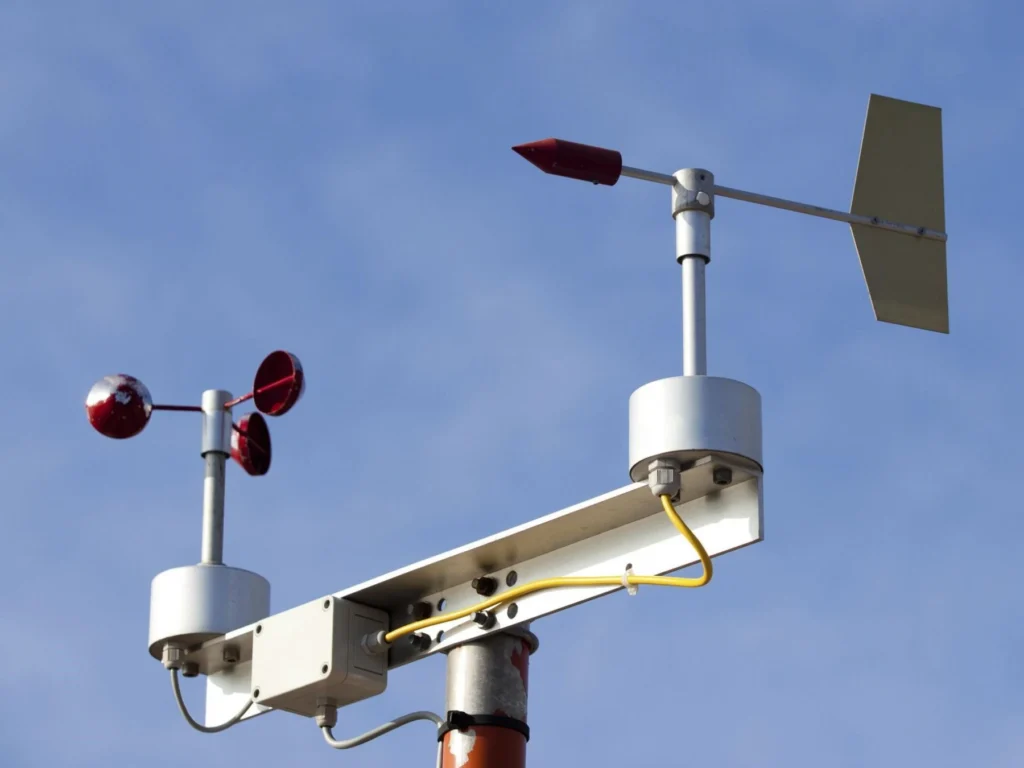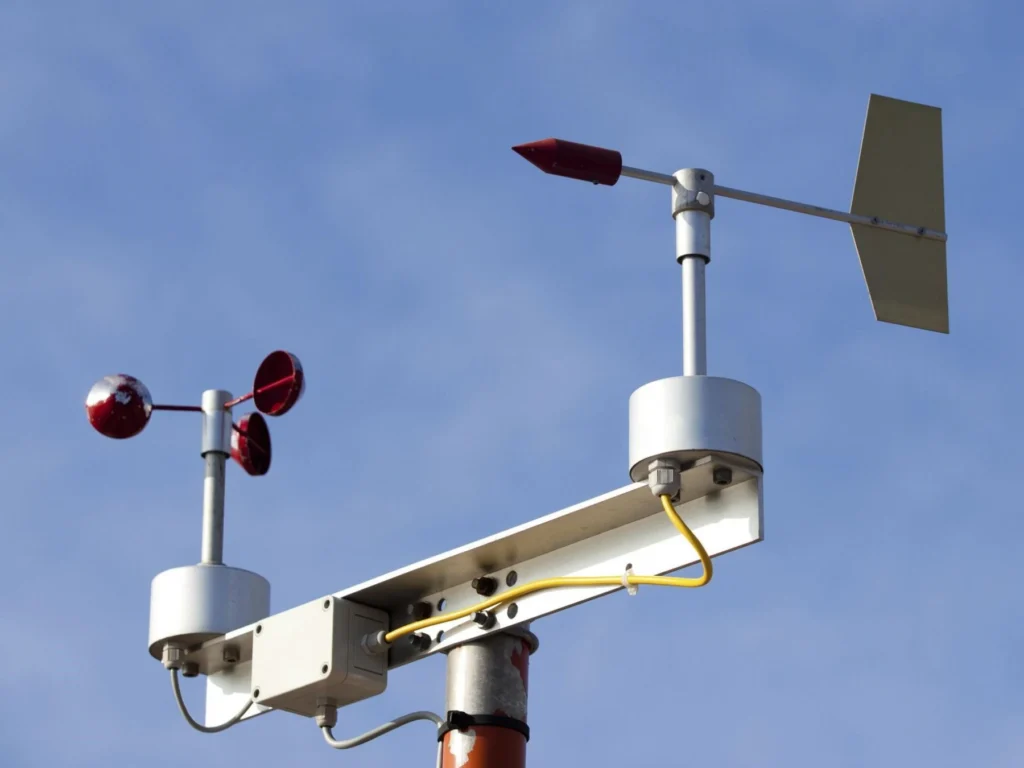
Anemometer: The Instrument for Measuring Wind Speed

# Anemometer: The Instrument for Measuring Wind Speed
Wind speed is a crucial factor in various fields, including meteorology, aviation, and environmental studies. To accurately measure wind speed, scientists and engineers rely on a specialized instrument known as an anemometer. This device has evolved over centuries, becoming an indispensable tool for understanding and predicting weather patterns.
## What is an Anemometer?
An anemometer is a device designed to measure the speed of wind. The term “anemometer” is derived from the Greek word “anemos,” meaning wind, and “metron,” meaning measure. These instruments come in various types, each suited for specific applications and environments.
### Types of Anemometers
There are several types of anemometers, each with its unique mechanism for measuring wind speed:
– Cup Anemometers: The most common type, featuring three or four cups mounted on horizontal arms. As the wind blows, the cups rotate, and the speed of rotation is proportional to the wind speed.
– Vane Anemometers: These devices use a propeller or a wind vane to measure wind speed. The vane aligns itself with the wind direction, while the propeller’s rotation speed indicates the wind speed.
– Hot-Wire Anemometers: Utilizing a heated wire, these anemometers measure the cooling effect of the wind on the wire. The rate of cooling is directly related to the wind speed.
– Ultrasonic Anemometers: These advanced devices use ultrasonic sound waves to measure wind speed and direction. They are highly accurate and are often used in research and high-precision applications.
## Applications of Anemometers
Anemometers are used in a wide range of applications, including:
– Weather Forecasting: Meteorologists use anemometers to gather data on wind speed, which is essential for predicting weather patterns and issuing warnings.
– Aviation: Pilots and air traffic controllers rely on anemometers to ensure safe takeoffs and landings by monitoring wind conditions.
– Environmental Monitoring: Anemometers help in assessing wind patterns for environmental studies, such as monitoring air quality and studying the impact of wind on ecosystems.
– Wind Energy: In the renewable energy sector, anemometers are crucial for assessing wind resources and optimizing the performance of wind turbines.
## How to Use an Anemometer
Using an anemometer is relatively straightforward, but it requires proper calibration and placement for accurate measurements. Here are some general steps:
– Choose the Right Type: Select an anemometer that suits your specific needs and environment.
– Calibration: Ensure the anemometer is properly calibrated according to the manufacturer’s instructions.
– Placement: Position the anemometer in an open area, free from obstructions that could affect wind flow.
– Data Collection: Record the wind speed readings at regular intervals, depending on your application.
– Analysis: Use the collected data for your specific purpose, whether it’s for weather forecasting, environmental monitoring, or other applications.
## Conclusion
The anemometer is a vital instrument for measuring wind speed, playing a crucial role in various scientific and practical applications. From weather forecasting to renewable energy, the data provided by anemometers helps us understand and harness the power of the wind. As technology advances, we can expect even more accurate and versatile anemometers to emerge, further enhancing our ability to measure and predict wind behavior.
Whether you’re a meteorologist, a pilot, or an environmental scientist, understanding how to use and interpret data from an anemometer is essential for making informed decisions and advancing our knowledge of the natural world.
Keyword: instrument to measure wind speed
Categories: News